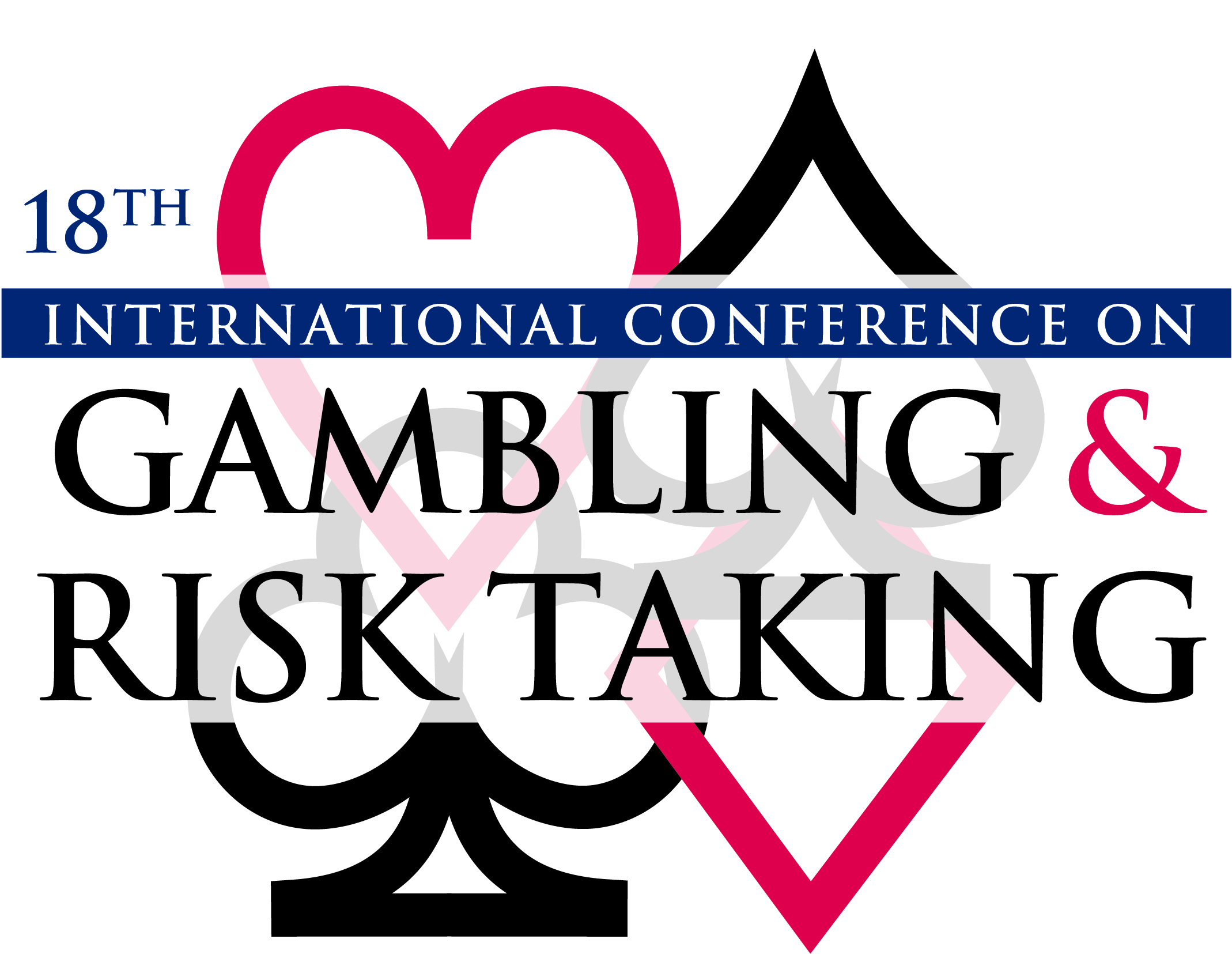Session Title
Poster Session
Presentation Type
Poster Presentation
Location
Park MGM, Las Vegas, NV
Start Date
24-5-2023 10:30 AM
End Date
24-5-2023 11:15 AM
Disciplines
Clinical Psychology
Abstract
The fifth edition of the Diagnostic and Statistical Manual for Mental Disorders (DSM-5) presents the criteria for Gambling Disorder (GD) as a unidimensional construct where each additional symptom corresponds to increased severity. Research has found that many individuals experience addiction symptoms in specific symptom clusters, with membership to one profile of symptoms or other better-representing disorder severity than raw symptom counts. This study sought to explore if similar patterns of symptom clusters exist among adults seeking treatment for gambling harms. The sample included 487 adults (Mage= 44.95) who completed the DSM-5 criteria for GD at intake. Latent class analysis was conducted using the nine criteria for GD. Four distinct classes were found to best fit the data. Four percent of the sample represented an “asymptomatic” class who denied gambling harms and may represent individuals who were brought into treatment by a concerned significant other. Eight percent represented an “at-risk” class that includes individuals experiencing gambling harms but not meeting criteria for GD. Forty-five percent represented a “high-risk” class who met all diagnostic criteria except desire to cut back and preoccupation with gambling. Forty-three percent represented a “severe” class who exhibited the most severe symptomology and endorsed all nine diagnostic criteria.
Keywords
Diagnosis, treatment, classification, latent class analysis, etiology
Funding Sources
This project was funded by the Tennessee Department of Mental Health and Substance Abuse Services. The funding source had no involvement in any aspects of the research, including the decision to submit the abstract.
Competing Interests
This project was funded by the Tennessee Department of Mental Health and Substance Abuse Services. The funding source had no involvement in any aspects of the research, including the decision to submit the abstract. Authors declare no competing interests.
Included in
Symptom Clusters in Individuals Seeking Treatment for Gambling Disorder
Park MGM, Las Vegas, NV
The fifth edition of the Diagnostic and Statistical Manual for Mental Disorders (DSM-5) presents the criteria for Gambling Disorder (GD) as a unidimensional construct where each additional symptom corresponds to increased severity. Research has found that many individuals experience addiction symptoms in specific symptom clusters, with membership to one profile of symptoms or other better-representing disorder severity than raw symptom counts. This study sought to explore if similar patterns of symptom clusters exist among adults seeking treatment for gambling harms. The sample included 487 adults (Mage= 44.95) who completed the DSM-5 criteria for GD at intake. Latent class analysis was conducted using the nine criteria for GD. Four distinct classes were found to best fit the data. Four percent of the sample represented an “asymptomatic” class who denied gambling harms and may represent individuals who were brought into treatment by a concerned significant other. Eight percent represented an “at-risk” class that includes individuals experiencing gambling harms but not meeting criteria for GD. Forty-five percent represented a “high-risk” class who met all diagnostic criteria except desire to cut back and preoccupation with gambling. Forty-three percent represented a “severe” class who exhibited the most severe symptomology and endorsed all nine diagnostic criteria.
